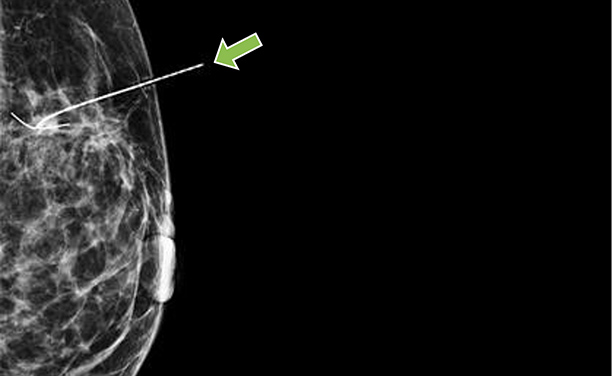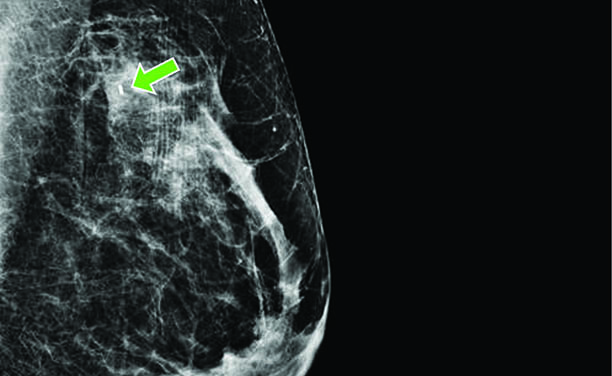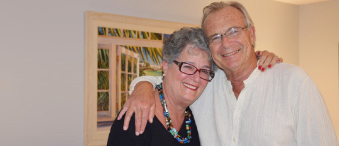Every day, we’re finding new ways to treat cancer more effectively, and efficiently. One of those methods involves using radioactive seeds. Radioactive seeds have been used for many years to treat prostate cancer. Multiple seeds are implanted in the prostate, where they emit radiation and localize the cancer. More recently, a procedure was developed that deploys radioactive seeds in breast cancers that cannot be felt by the doctor. It involves implanting a seed in small breast tumours to mark their exact locations, making it easier for surgeons to remove them. The procedure is called radioactive seed localization.
What is a radioactive seed?
It is a small, radioactive “seed” the size of a pinhead that is injected directly into a breast tumour before surgery, helping surgeons accurately locate the tumour. The seed is embedded with a minuscule dose of iodine-125, which is the radioactive component.
Is iodine-125 dangerous?
The dosage of iodine-125 in radioactive seeds is so low that they are not harmful to the patient or anyone around them, nor are there any serious side effects to having them inserted. After insertion, patients can continue their normal activities as they await surgery. The seed is fully removed at the time of surgery.
How is the radioactive seed inserted?
Using a mammogram as guidance, a radiologist places one seed, so tiny it can be safely injected with a needle, inside the tumour. It emits a very small amount of radiation that is picked up in the operating room with a small, handheld Geiger counter. After the piece of breast tissue with the radioactive seed is removed, the seed is separated from the tissue and appropriately disposed of, with every seed being accounted for.
How does radioactive seed localization help patients?
For years, when a patient had a breast cancer tumour that was too small to feel or be seen in surgery (called a non-palpable tumour), an uncomfortable wire (known as a harpoon), was inserted prior to surgery to pinpoint the tumour. Now, this tiny radioactive seed is implanted instead, marking the cancer and making it easier for surgeons to find and fully remove it while sparing healthy tissue.


The benefit for the patient is that the seed — which rests entirely within the breast — can be comfortably placed in the tumour up to five days before surgery. Additionally, the patient does not have to wait for surgery with a wire sticking out of their breast. Finally, there is some evidence that the seeds result in the centre of the tumour being more easily located and less breast tissue being unnecessarily removed.
Read about Rita’s experience having a radioactive seed injected prior to her breast cancer surgery.
How long has this procedure been around?
Using internal radioactive sources to treat cancer is not a new concept; it emerged over 100 years ago. However, radioactive seed localization specifically is a relatively new technique; the first procedure in the Ottawa Hospital Radioactive Seed Localization Program was on April 21, 2015. Our hospital was the third centre in Canada to have this program, and we are a leader in the procedure, with other healthcare centres looking to us for guidance.
Are radioactive seeds successful?
The program has been highly successful, with reduced delays in the operating room and patients reporting high levels of satisfaction. A study comparing outcomes between the seeds and harpoons showed a lower rate of complications with the seeds and no issues with surgical outcomes. Radioactive seeds are also more cost effective and decrease wait times for patients on the day of surgery.
It is innovations like the radioactive seeds that set The Ottawa Hospital apart, offering our patients the most cutting-edge treatment options.




